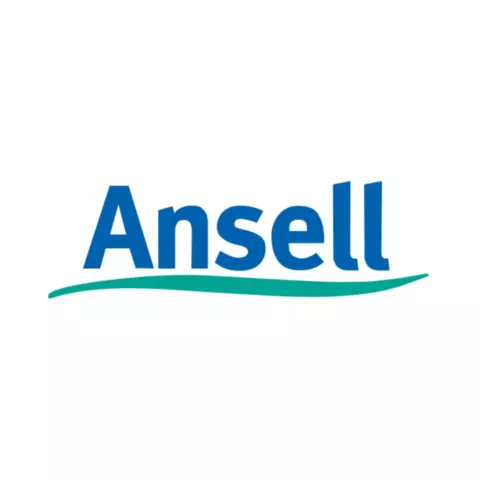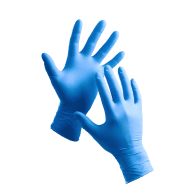ActivArmr 80-658
4.8 / 5
Product description
Description
Advanced defenses: ActivArmr® 80-658 safety gloves’ steel, fiberglass and Kevlar® liner affords EN ISO E cut resistance, as well as EN 407 level 2 heat contact resistance, for superior hand protection when handling sharp and warm components
Specialized protection: With their latex coating and raised crinkled finish, these sturdy heavy-duty gloves reduce slippage and muscle tension, protecting hands while ensuring strong grip performance
Enhanced features: For added forearm and wrist protection, ActivArmr® 80-658 industrial gloves feature an extra-long, three quarter-dipped, liquid-repellent cuff, shielding the skin from potentially hazardous liquid solutions
Added convenience: These heather green-colored gloves mask dirt, while remaining washable and available in varying sizes
Recommended for
Heavy duty handling: where sensitivity is also required
Handling jagged metal
Handling of glass sheets, sharpedged objects
Handling of metal sheets, cutting of dry, painted or galvanised pieces
Product Details
Antistatic: No
Length: 250-300 Mm; 9.84-11.81 Inches
Available Sizes: 6, 7, 8, 9, 10, 11
Coating Color: Blue
Coating Material: Natural Latex Rubber
Construction: Knitted
Cuff Style: Extra Long
Finishing: Dipped
Gauge: 7
Liner Color: Green Grey
Liner Material: Stainless Steel, Nylon, Fiber Glass, Cotton, Kevlar®
Silicone Free: No
Washing Temperature: 40 °C (104 °F)
About Coated Cut Protection Glove
Coated Cut Protection Gloves provide essential hand safety with cut-resistant materials and specialized coatings for enhanced grip. Ideal for construction, manufacturing, and handling sharp materials, these gloves offer both protection and dexterity for demanding work environments.
- Hand Protection
- Cut Resistant
- Heat & Flame Resistance
- Machine Washable
Standards and labels
Ansell delivery terms
Free delivery for all Ansell products
979,15 €
Price per 6 packages (72 pairs)
13,60 € / pair
Free delivery
A carton contains 6 packages (72 pairs)



